Natural light is one of the most sought-after features in any home. It brightens up spaces, makes rooms feel more welcoming, and even improves your mood.
Additionally, homes filled with natural light often consume less energy, reducing electricity bills and promoting a healthier living environment. Understanding the various window styles that enhance natural light can help homeowners make informed decisions during renovations or new builds.
That is why, together with the experts from Ecoline Windows, we have prepared this guide to explore the best window styles for maximizing natural light. We’ll also provide insights into popular home styles and designs where these windows fit perfectly.
Casement Windows
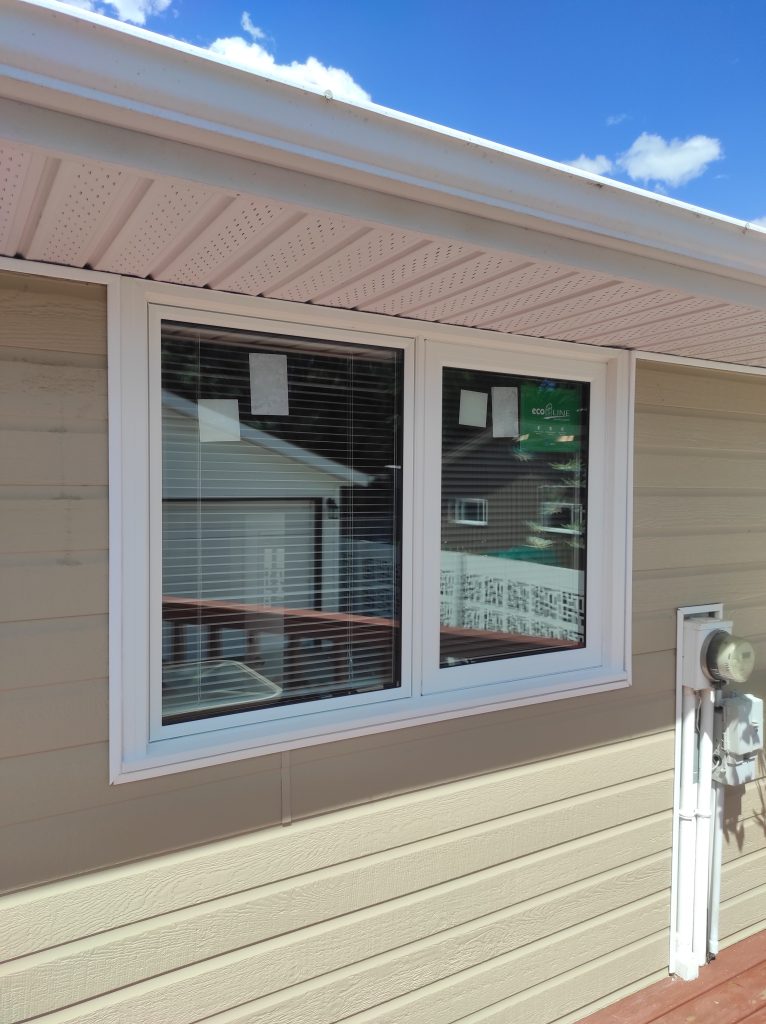
Casement windows are popular for those looking to maximize natural light in their homes. These windows are hinged on the side and open outward, much like a door.
They come in both fixed and operable varieties, offering flexibility depending on your needs. Operable casement windows are especially valued for their ability to provide excellent ventilation. This makes them an excellent choice for rooms requiring light and airflow, such as kitchens and bathrooms.
- Large Glass Area: Casement windows feature expansive glass panes that let in a significant amount of natural light, brightening up any space.
- Excellent Ventilation: Operable casement windows can be opened wide to allow fresh air flow, improving indoor air quality.
- Unobstructed Views: When open, casement windows provide clear, unobstructed views of the outside, making them perfect for rooms with scenic vistas.
- Modern Aesthetic: The sleek design of casement windows complements modern and contemporary home styles, enhancing the overall look of your home.
Casement windows are best suited for modern and contemporary homes, where their sleek design can complement the overall aesthetic. They also work well in areas where you want to capture specific views, like a garden or a picturesque landscape.
Garden Windows
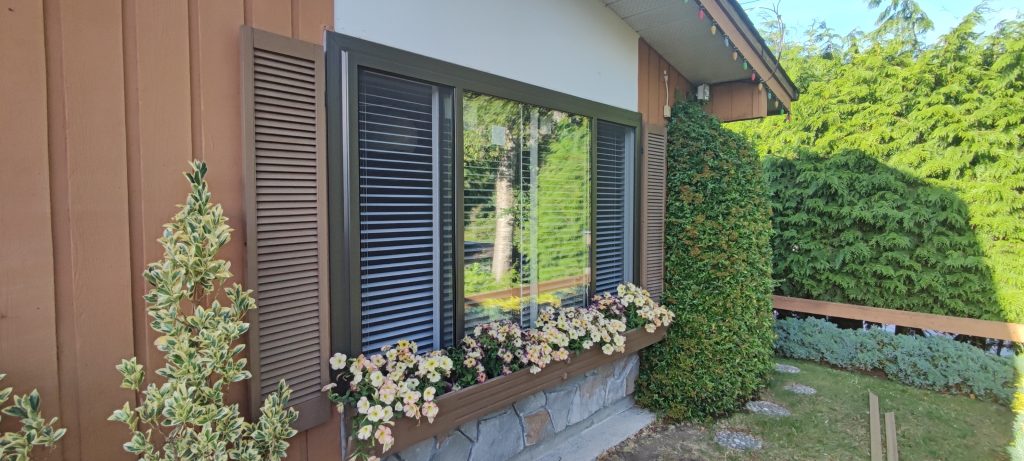
Garden windows are a unique and charming option for enhancing natural light in your home. These windows project outward from the house, creating a small, glass-enclosed area that resembles a mini greenhouse. Typically found in kitchens, garden windows provide the perfect spot for growing plants, herbs, or flowers, bringing a touch of nature indoors.
- Maximized Light: With glass panels on all sides, garden windows capture light from multiple directions, ensuring that plants receive ample sunlight.
- Ventilation Options: Many garden windows come with operable side panels, allowing fresh air circulation to keep the indoor garden healthy.
- Functional Space: Garden windows create additional space that can be used for more than plants. Homeowners can display decorative items, create a cozy reading nook, or even set up a small breakfast area.
- Improved Ambiance: By bringing natural elements indoors, garden windows enhance the overall ambiance of a room, making it feel brighter and more inviting.
- Energy Efficiency: Modern garden windows are designed with cutting-edge energy-efficient features in mind, ensuring that they contribute to the home’s overall energy performance.
Garden windows are best suited for kitchens and breakfast nooks, serving both functional and decorative purposes. They are especially beneficial in homes with small outdoor spaces or urban settings where access to a garden might be limited.
Picture Windows
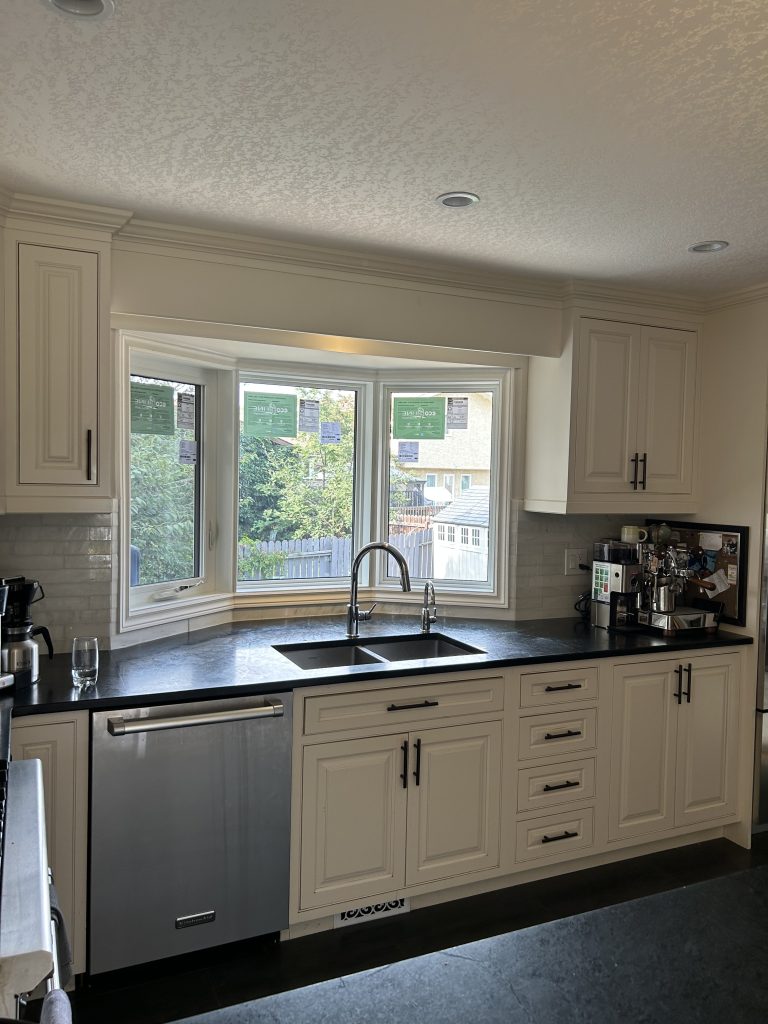
Picture windows are a fantastic option for homeowners looking to maximize natural light and enjoy stunning views. These windows are large, fixed panes of glass that do not open, providing an uninterrupted view of the outdoors. While they don’t offer ventilation, their primary purpose is to bring in as much light as possible and serve as a focal point in a room.
- Unobstructed Views: Picture windows provide a clear, unobstructed view of the outside, making them ideal for rooms with scenic landscapes or gardens.
- Maximized Light: The large glass surface allows maximum sunlight to enter the room, brightening up even the darkest spaces.
- Low Maintenance: Picture windows are easier to clean and maintain than operable windows because they don’t open.
Picture windows are best suited for living rooms, dining areas, and any space you want to create a sense of openness and connection with the outdoors.
Additionally, picture windows can be customized to fit various shapes and sizes, allowing for creative architectural designs. They can be paired with other window types, such as casement or awning windows, to create a unique and functional window arrangement that enhances both aesthetics and natural lighting.
Bay and Bow Windows
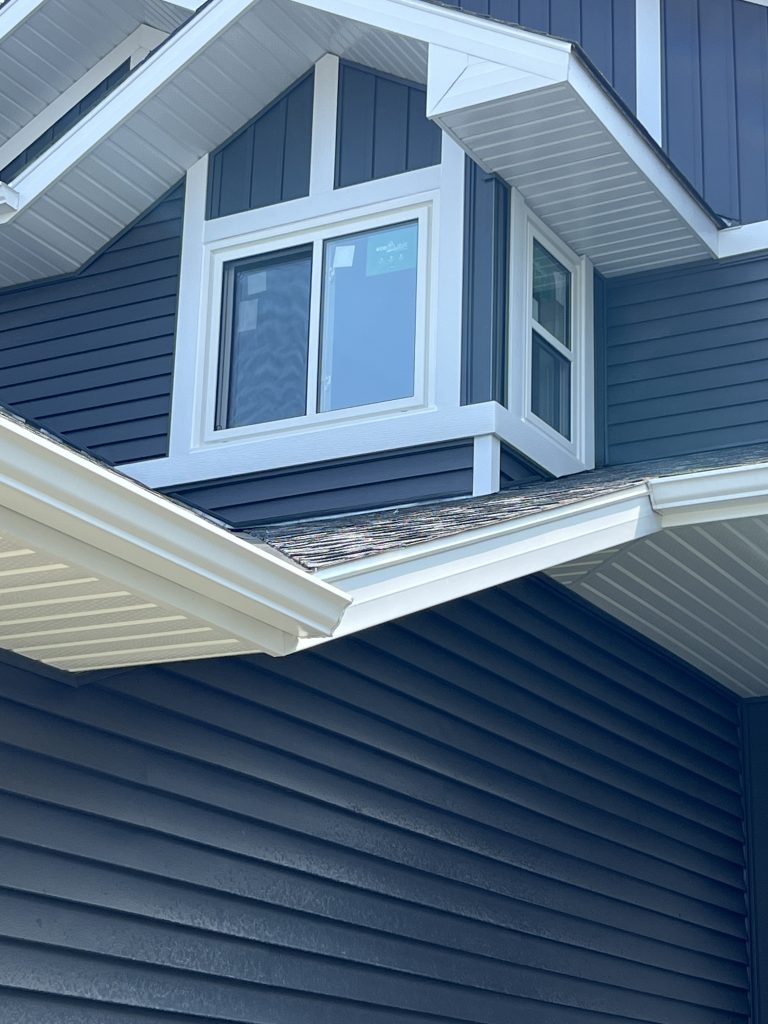
Bay and bow windows are exceptional for homeowners looking to enhance natural light and add architectural interest to their homes. Both styles extend outward from the main walls, creating additional space inside and offering a panoramic view of the outdoors. While they share similarities, there are key differences between the two.
- Bay Windows typically consist of three panels—a large central window flanked by two smaller windows at an angle. This design creates a cozy nook, perfect for a window seat or additional storage.
- Bow Windows consist of four or more panels of equal size, creating a gentle curve. This design offers a more rounded appearance and can provide a wider view than bay windows.
Bay and bow windows are best suited for Victorian and traditional homes, where their classic design complements the architectural style. They are often installed in living rooms, dining rooms, and master bedrooms, where the additional space and enhanced light can be most appreciated.
By incorporating bay or bow windows into their home design, homeowners can enjoy increased natural light and additional interior space. This adds a distinctive architectural feature that enhances the home’s charm.
Tips for Choosing the Right Window Style To Maximize Natural Light
Selecting the right window style is crucial for maximizing natural light and enhancing the overall look of your home. Here are some essential tips to help you make the best choice:
- Consider Architectural Style: Your home’s architectural style plays a significant role in determining the appropriate window design. For example, casement windows complement modern and contemporary homes, while bay and bow windows are better suited for Victorian and traditional styles.
- Function of the Room: Think about the room’s primary function where the window will be installed. Kitchens and bathrooms benefit from operable windows like casement windows, which provide excellent ventilation. Living rooms and dining areas may be better suited for picture windows, which offer unobstructed views and abundant light.
- Orientation and Sunlight: Evaluate the orientation of your home to maximize sunlight. South-facing windows generally receive the most sunlight throughout the day, while east-facing windows capture the morning light. Understanding the sun’s path can help you position windows strategically to enhance natural lighting.
- Balance Aesthetics and Practical Needs: While aesthetics are important, don’t overlook practical needs such as ventilation, insulation, and privacy. For example, garden windows are ideal for indoor gardening and adding natural light, but they might not be suitable for all areas due to their projection and space requirements.






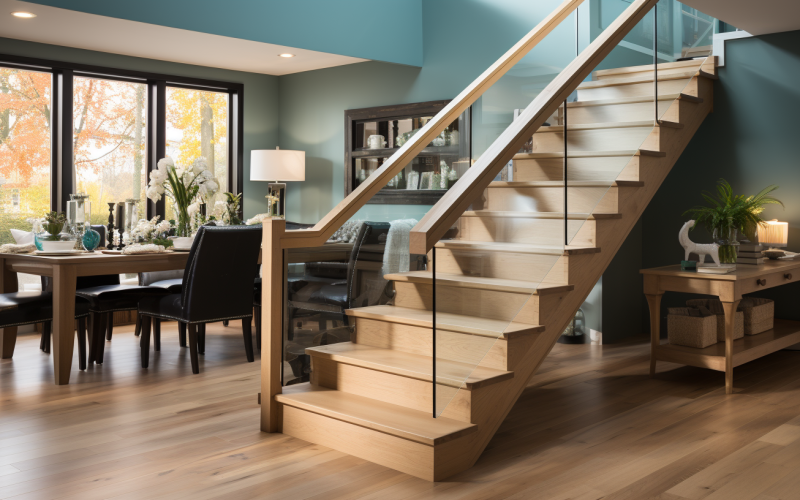
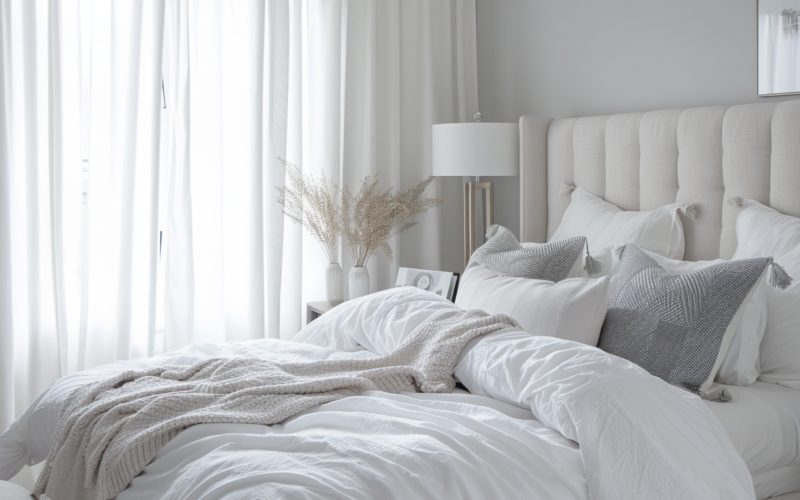
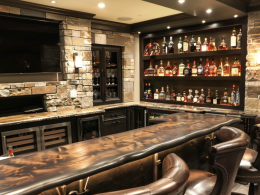
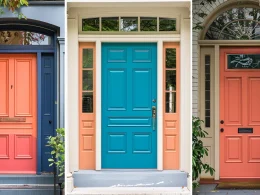
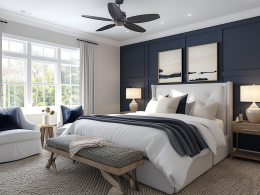
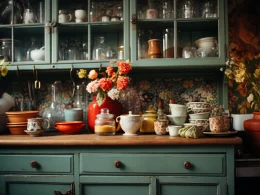
Comments 1